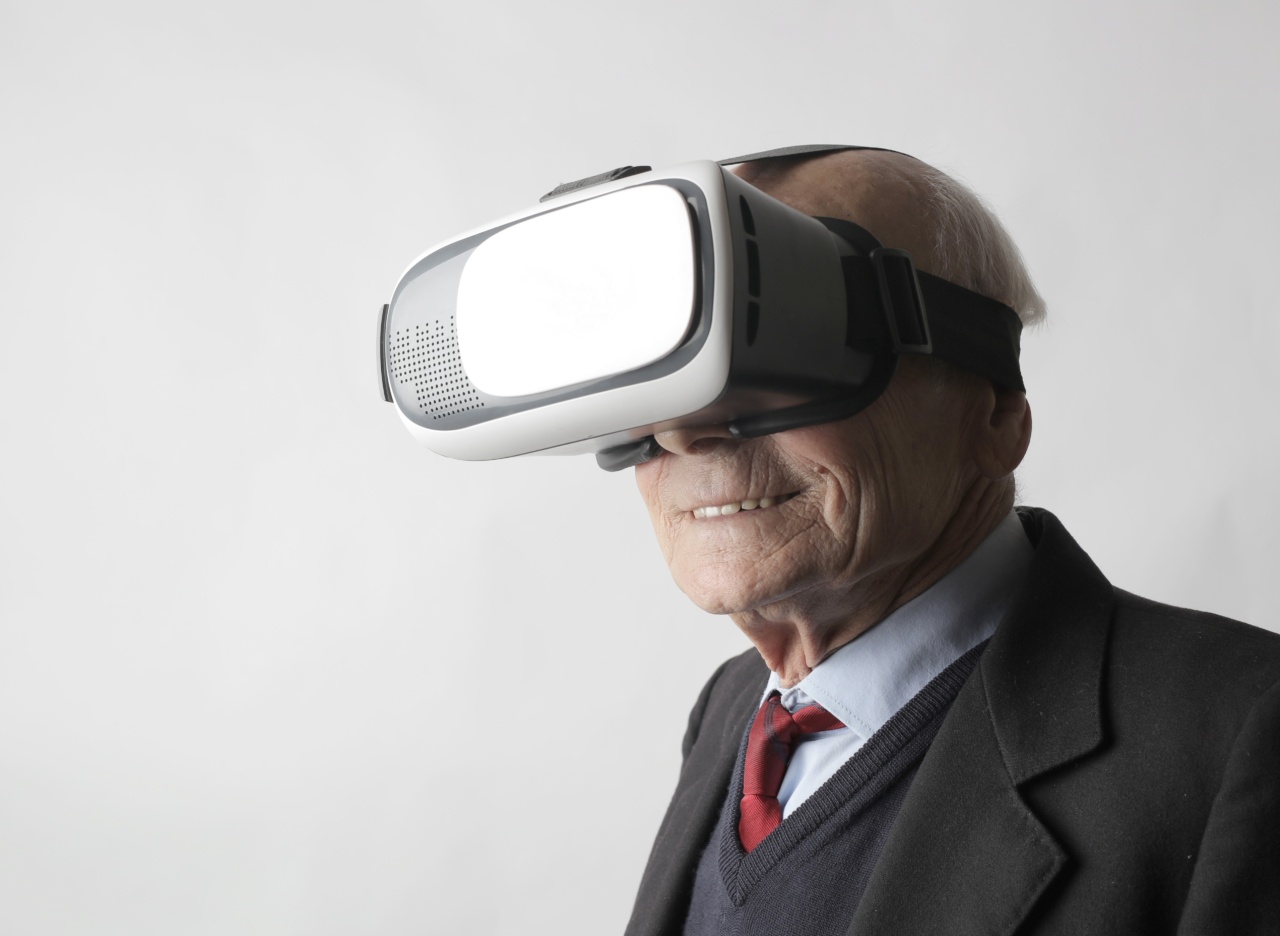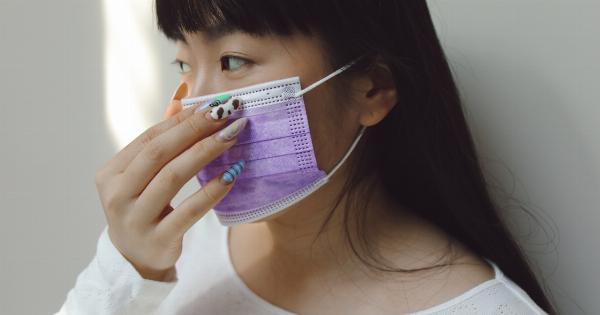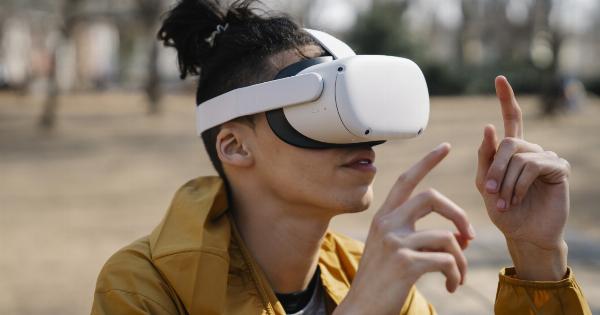Amblyopia, commonly known as lazy eye, is a vision disorder that affects approximately 2-3% of the population. It occurs when one eye is significantly stronger than the other, and the brain begins to favor the stronger eye over the weaker one.
This leads to poor vision in the weaker eye, as the brain does not receive clear images from it.
Traditional Treatment Methods
Until recently, the most common treatment for amblyopia was patching the stronger eye to force the brain to use the weaker one. This method, known as occlusion therapy, involves wearing an eyepatch over the strong eye for several hours each day.
Although it has proven to be effective in many cases, it can be uncomfortable and inconvenient for patients, especially children.
Introducing Virtual Reality
Virtual reality (VR) technology has rapidly advanced in recent years and is now being explored as a potential treatment for amblyopia.
By using VR headsets, patients can experience immersive virtual environments that stimulate both eyes simultaneously, promoting better integration and cooperation between them.
The Science behind VR Treatment
The brain is incredibly adaptable and has the ability to rewire itself through a phenomenon known as neuroplasticity. VR treatment takes advantage of neuroplasticity by creating a visual environment where the weaker eye is encouraged to work harder.
The brain is then stimulated to improve the visual processing of the weaker eye, leading to better vision over time.
The Benefits of VR Treatment
Virtual reality treatment for amblyopia offers several advantages over traditional methods:.
1. Enhanced Engagement
Traditional treatment methods can be monotonous and boring, especially for younger patients. VR treatment, on the other hand, provides an engaging and immersive experience that feels more like a game than a medical procedure.
This increased engagement can lead to better compliance and ultimately improved outcomes.
2. Personalized and Adjustable Settings
Virtual reality systems can be easily customized to meet the specific needs of each patient. The treatment can be adjusted based on factors such as the severity of amblyopia, age, and individual preferences.
This flexibility allows for a more personalized and effective treatment approach.
3. Real-Time Feedback
One of the key advantages of VR treatment is the ability to provide real-time feedback to patients. The system can track eye movements and provide immediate feedback on the performance of each eye.
This real-time feedback allows patients to correct any issues and actively participate in their own treatment.
4. Fun and Motivating
VR treatment transforms the often tedious process of amblyopia treatment into an enjoyable activity.
By incorporating game-like elements, such as rewards, challenges, and progress tracking, patients are motivated to actively participate and complete their treatment sessions.
Current Research and Success Stories
Research on the use of virtual reality for amblyopia treatment is still relatively new, but the results are promising. Several studies have shown significant improvement in visual acuity and depth perception in patients who underwent VR treatment.
In one study conducted by the University of California San Francisco, children with amblyopia who underwent VR treatment showed an average improvement of 53% in visual acuity and a 73% improvement in stereoacuity, which measures depth perception.
Another study published in the Journal of the American Association for Pediatric Ophthalmology and Strabismus reported similar positive outcomes with VR treatment.
Considerations and Future Implications
While VR treatment for amblyopia shows great potential, there are still some considerations to keep in mind.
The long-term effectiveness of VR treatment is not yet fully understood, and more research is needed to determine its optimal duration and frequency. Additionally, the accessibility and cost of VR technology may limit its widespread use.
However, the rapid advancements in VR technology and its increasing affordability suggest that VR treatment could become a viable option in the near future.
As more research is conducted and the technology continues to improve, virtual reality has the potential to revolutionize the treatment of amblyopia, providing a more engaging and effective approach to improve vision.

























